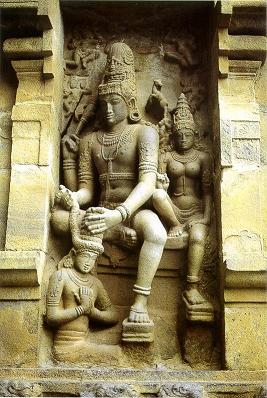OP
OP
talwan
Guest
Charles Seife ( ? ) a journalist with Science magazine, has also written for New Scientist, Scientific American, The Economist, Science, Wired UK, The Sciences, and numerous other publications. He holds an M.S. in mathematics from Yale University and his areas of research include probability theory and artificial intelligence. He is a mathematician and science writer, author of Zero: The Biography of a Dangerous Idea, says:
"Perhaps no one has embraced nothing as strongly as the Indians who, Seife notes,
"never had a fear of the infinite or of the void." Hinduism has embedded within it, a complex philosophy of nothingness, seeing everything in the world as arising from the pregnant void, known as Sunya."
The ultimate goal of the Hindu was to free himself from the endless cycle of pain found in continual reincarnation and reconnect with the Nothingness that is the source and fundament of the All. For Indians, the void of Sunya was the very font of all potential; nothingness was liberation. No surprise then that it is from this sophisticated culture that we inherit the mathematical analog of nothing, zero. Like Sunya, zero is a kind of place holder, a symbol signifying a pregnant space where any other number might potentially reside."
"Perhaps no one has embraced nothing as strongly as the Indians who, Seife notes,
"never had a fear of the infinite or of the void." Hinduism has embedded within it, a complex philosophy of nothingness, seeing everything in the world as arising from the pregnant void, known as Sunya."
The ultimate goal of the Hindu was to free himself from the endless cycle of pain found in continual reincarnation and reconnect with the Nothingness that is the source and fundament of the All. For Indians, the void of Sunya was the very font of all potential; nothingness was liberation. No surprise then that it is from this sophisticated culture that we inherit the mathematical analog of nothing, zero. Like Sunya, zero is a kind of place holder, a symbol signifying a pregnant space where any other number might potentially reside."



